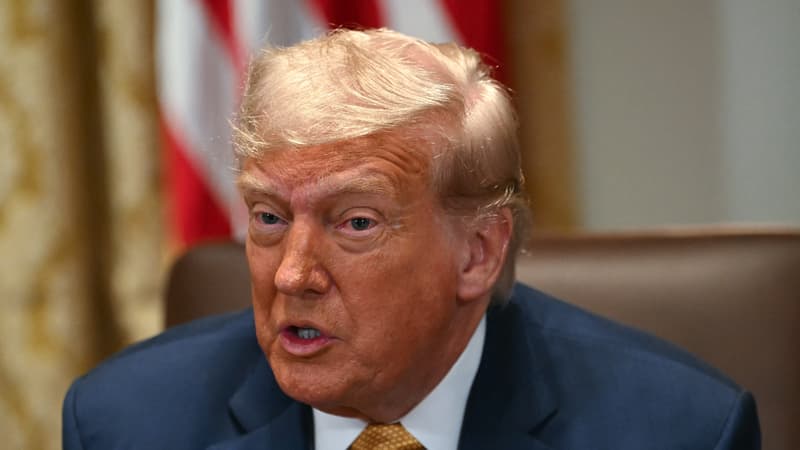Japan and the Philippines bring to five trade agreements announced with Washington before the entry into force for August 1 of the customs surcharge for imported products to the United States.
Customs duties provided by these agreements are often significantly higher than the 10% floor level already applied since April by the United States for products from most countries. Barclays analysts evoke in a note “a tendency of customs tasks that gravitate around 15%-20%.”
The agreements, whose details are often not negotiated, have also been obtained at the price of the main concessions by the directed countries. “The scope of the concessions granted by the Japanese government can generate fears of very complicated negotiations with other areas, such as the European Union,” emphasizes in a CPR asset management note.
Japan: 15%
According to the “huge” agreement announced on Tuesday by the president of the United States, Donald Trump, the Japanese products imported to the United States will be taxed at 15%, well below the 25% surcharge that the archipelago was threatened. But largely above the average rate in force before the arrival of the US president and was 2.5%. Tokyo obtained that this also applies to its crucial automotive sector, which represented almost 30% of Japan exports last year to the United States and has been subjected to a surcharge for a few months.
“Before Trump’s arrival as president, the rights were around a small percentage,” Relative Stefan Angrick, Moody’s analysis economist. “With 15%, we are much above expectations.” 50% surcharge in Japanese steel and aluminum exports continues to apply.
The agreement has Japanese investment for “$ 550 billion” on American soil, such as Donald Trump. Japan also agreed to open “to the trade of cars and collection, rice and a series of other agricultural products” of the United States, he said.
Philippines: 19%
According to the agreement also announced on Tuesday, the Philippines obtained a small reduction in customs tasks that will be applied in their products at the entrance of the United States. They were established in 19%, against 20% announced in early July.
United Kingdom: 10%
In May, London and Washington had concluded an agreement that provided the reduction of 27.5% to 10% of customs tasks in cars (up to 100,000 vehicles per year), as well as an exemption from rights to the aerospace sector, such as British schemes Rolls Royce.
London is still negotiating rights exemptions for steel and aluminum, provided for in the agreement announced in May, against 25% currently. In return, the United Kingdom has agreed to open its American ethanol or meat beef more, which excites concerns in the country. The rest of the imports of British manufacturing products remain subject to the 10%floor tasks.
Vietnam: 20%
Vietnam was agreed at the beginning of July with the United States, its main export market for textiles and shoes, with a 20% surcharge, and not 46% as initially scheduled by the Trump administration.
However, the agreement establishes twice the 40% rate for products designed in other places that only travel through Vietnam, by means of qualified transford methods. The agreement also establishes zero taxes for US products exported to Vietnam.
Indonesia: 19%
The agreement signed last week with Indonesia establishes customs duties of 19% in Indonesian products, far from the threat of 32% for a time mentioned.
According to Washington, Yakarta accepted in exchange for providing almost all US customs tasks and recognizing US standards for several of them, such as the car or pharmaceutical products.
Indonesia must also withdraw on the implementation of taxes from the digital economy, so far planned and has pledged to lift existing restrictions in critical mineral exports.
The archipelago had already taken a first step to Washington on July 8, committing to import more American agricultural products and oil.
Source: BFM TV


